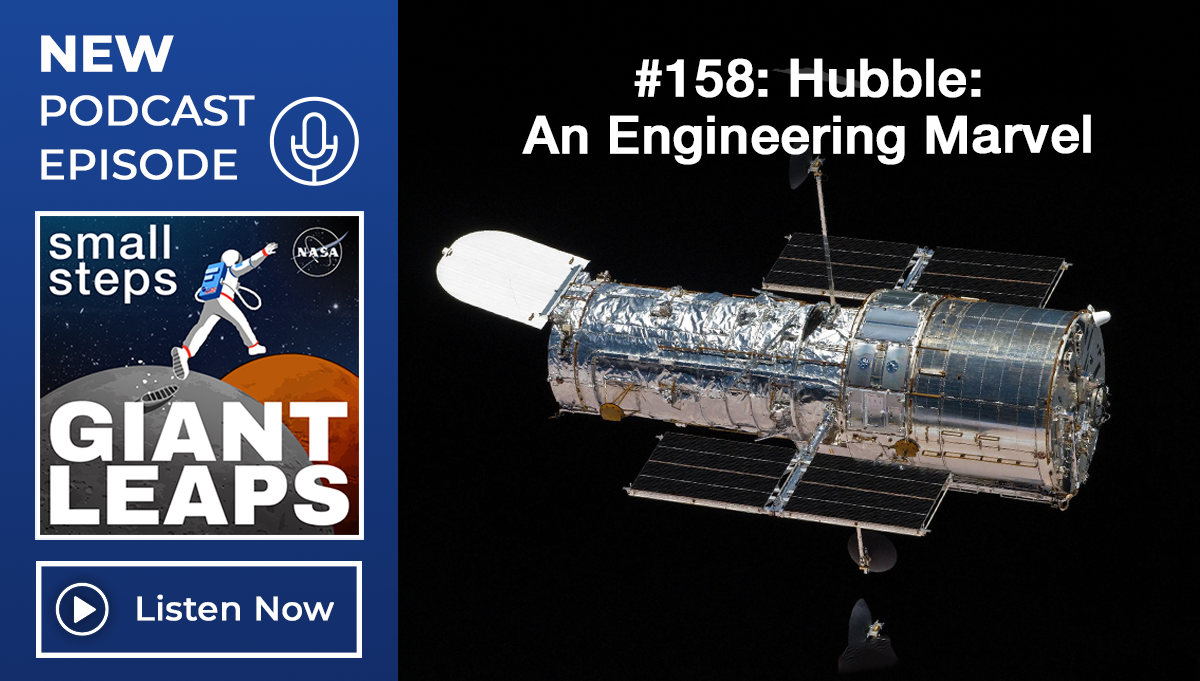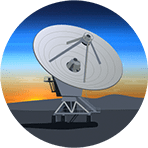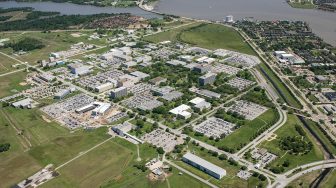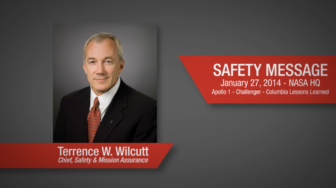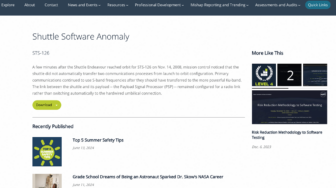Extending the Promise: Science and Exploration on the International Space Station (Julie Robinson)
Undoubtedly the greatest technical and engineering achievement of the Space Shuttle is the assembly and development of the International Space Station (ISS)—whose entire design, elements, and systems were designed for launch, assembly, and servicing by the shuttle. Indeed, following first element launch—the Russian-launched FGB module that established the initial foundation for station—the Shuttle manifest has been dominated by ISS requirements, so the shuttle and its mission were also dependent upon ISS. The ISS program has evolved dramatically since its initiation in 1984, having undergone several major redesigns—most notably the creation of what became the ISS after the Vest Committee Review in the early 1990s, which affected the overall program structure and management approach as well as necessitated the need for increased payload performance to meet the requirement of moving the station to an orbital inclination accessible to our new Russian partners. Perhaps most remarkable is the fact that ISS is the creation of eighteen international partners whose hardware and systems often “met” for the first time in orbit. As we approach “assembly complete,” we are now entering a decade of ISS utilization, which will afford the scientific and human exploration communities an opportunity to fully exploit the promise of this remarkable achievement, and to establish the foundation for exploration beyond the boundaries on low-Earth orbit. In this regard, the ISS is a model for future human exploration missions, which undoubtedly will be dependent upon international collaboration on a global scale. Our panelists will examine the lessons learned from the development of ISS, review our evolving international partnership, and peer into the future to anticipate the great promise of ISS.
Julie Robinson is the program scientist for the International Space Station (ISS) at Johnson Space Center. She serves as the chief scientist for the ISS program, representing all ISS research disciplines and providing information and recommendations both inside and outside the agency. She chairs the ISS Program Science Forum, made up of the senior ISS scientists for each of the primary space agencies comprising the space station international partnership, and represents NASA at the multinational agency ISS User Operations Panel.




